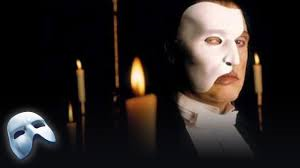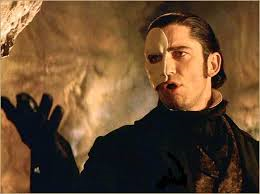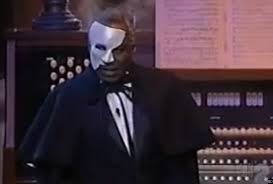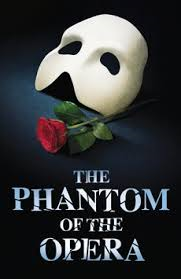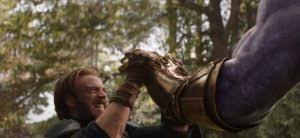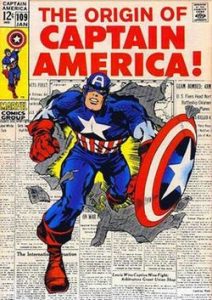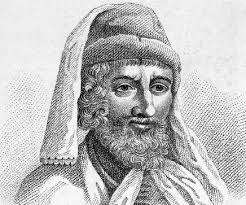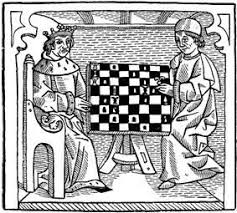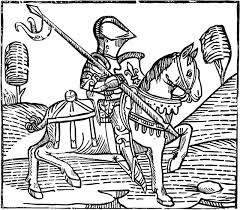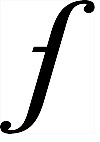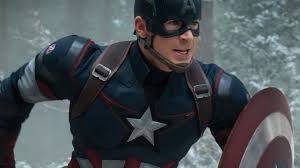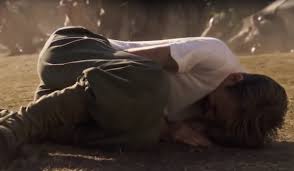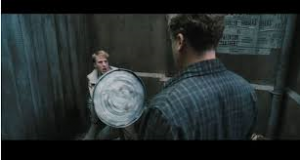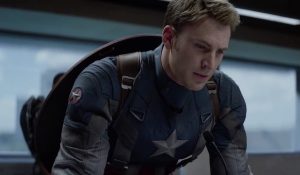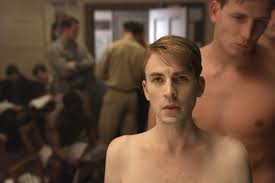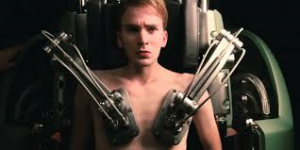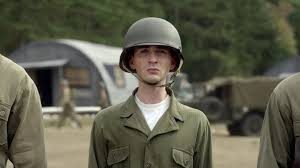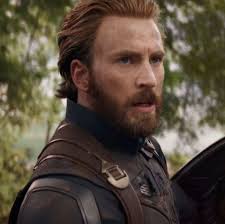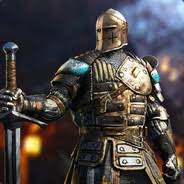AUDIO OPTION OF ARTICLE “IT’S NOT THE THREE TENORS”
Just a random thought —
I was singing in the shower, as I am wont to do …. please remember this point as your first clue … and a thought occurred to me which has led me to ask the following riddle:
What does a relatively current action adventure hero, a tall gangly comedian and the eponymous lead of a 1979 TV sitcom have in common?
 The late and gravely voiced Emmy winning Robert Guillaume, with a sterling list of 100 stage, TV and film accomplishments is probably best known for his stint as the butler,
The late and gravely voiced Emmy winning Robert Guillaume, with a sterling list of 100 stage, TV and film accomplishments is probably best known for his stint as the butler, 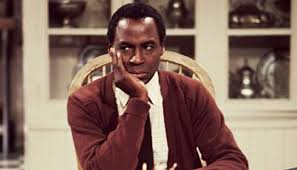 Benson, in the 1979 TV sitcom of the same name.
Benson, in the 1979 TV sitcom of the same name.
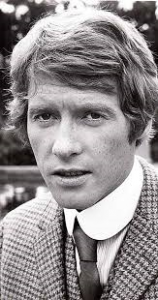 Michael Crawford launched his film career as
Michael Crawford launched his film career as 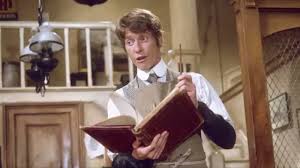 the tall, gawky, limber-limbed, nasal-voice, love-smitten store clerk in Hello Dolly.
the tall, gawky, limber-limbed, nasal-voice, love-smitten store clerk in Hello Dolly.
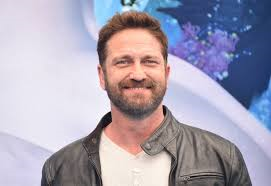 Gerard Butler’s tough Scottish brogue-personality
Gerard Butler’s tough Scottish brogue-personality 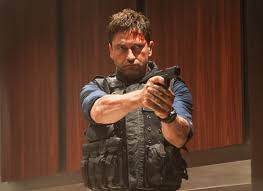 has enlivened the entertainment factor of many an otherwise generic action adventure flick.
has enlivened the entertainment factor of many an otherwise generic action adventure flick.
What on EARTH could they possibly all have in common? To my knowledge they were never in any project at the same time.
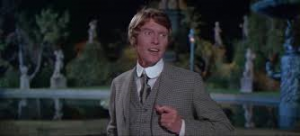 Crawford is British, very white bread, old enough to be Butler’s father, and originally wanted to be a pilot or soccer player.
Crawford is British, very white bread, old enough to be Butler’s father, and originally wanted to be a pilot or soccer player.
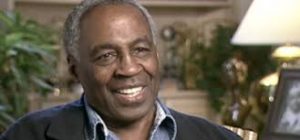 Guillame, the most senior of the three, was a black Missourian, born about the same time as Crawford’s parents, raised by his grandmother after being abandoned by his alcoholic mother, and was an army veteran.
Guillame, the most senior of the three, was a black Missourian, born about the same time as Crawford’s parents, raised by his grandmother after being abandoned by his alcoholic mother, and was an army veteran.
 Butler, the youngest of the trio, grew up a fatherless youth in Scotland and became a lawyer before launching into his acting career.
Butler, the youngest of the trio, grew up a fatherless youth in Scotland and became a lawyer before launching into his acting career.
Guessed yet?
Here’s a hint:
“In the dark…” such as in a movie or stage theater or even in a den watching a movie with your family with the lamps off, “…it is easy to pretend that the truth is what it ought to be.”
Give up?
They are the three best known Phantoms – that scarred, masked, probably psychotic, mysterious denizen of the opera theatre catacombs from Andrew Lloyd Webber’s musical Phantom of the Opera, who will kill to get his songbird protege on stage, and murder while belting out some of the most famous tunes in all of stage and screen. 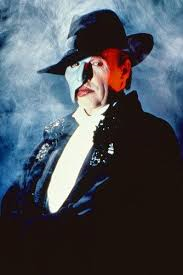 Crawford was first on stage in 1986, with
Crawford was first on stage in 1986, with 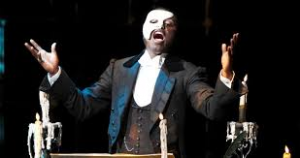 Guillame taking over in 1990, in a controversial but proven brilliant move after Crawford moved on.
Guillame taking over in 1990, in a controversial but proven brilliant move after Crawford moved on. 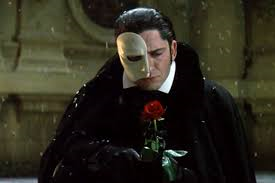 Then Butler took that lead in the 2004 filmed version.
Then Butler took that lead in the 2004 filmed version.
“Music of the Night”…”Phantom of the Opera”…”All I Ask of You”…”Angel of Music”. Any of these songs sung by any of these men will send chills down your spine, fire your imagination, and melt your heart.
There’s something about music that unites us more than almost anything else. Each of these very talented men come from 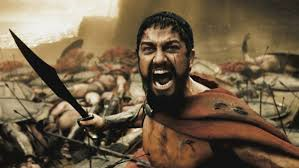 completely different backgrounds,
completely different backgrounds, 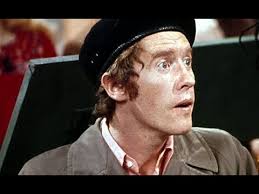 had vastly divergent career paths, and
had vastly divergent career paths, and  dramatically different personality and acting styles out of mask, yet —- and yet they all performed this heartbreakingly tragic, mesmerizing and deliciously vocalled character in a way that entranced audiences around the world.
dramatically different personality and acting styles out of mask, yet —- and yet they all performed this heartbreakingly tragic, mesmerizing and deliciously vocalled character in a way that entranced audiences around the world.
Music and love – two of the only generators of real magic in the world.
So there you have it – A geeky Brit, an urbane sitcom star and a thuggish-looking action hero. Who’d’ve guessed it — three generations of actors who became – The Three Phantoms. 